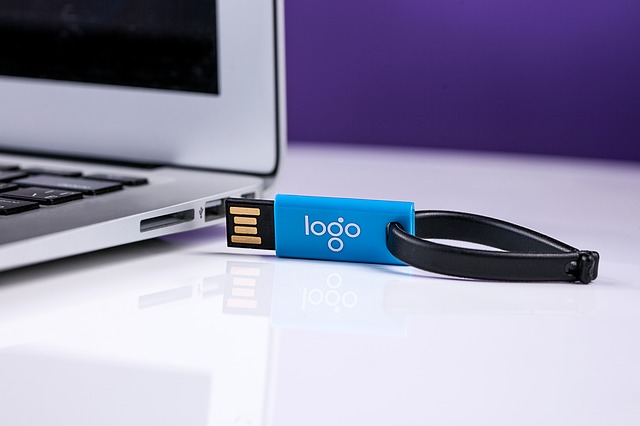Digital Engineering 101
In an era marked by technological advancements, digital engineering stands at the forefront, offering innovative solutions to complex challenges across various industries. This comprehensive guide aims to demystify the concept of digital engineering, exploring its definition, principles, applications, and future implications in detail. As the digital landscape continues to evolve rapidly, understanding digital engineering becomes increasingly essential for businesses, engineers, and technology enthusiasts alike.
Defining Digital Engineering
At its core, digital engineering is the use of digital tools, processes, and methodologies to design, simulate, and optimize engineering systems. It encompasses a wide range of disciplines, including computer-aided design (CAD), simulation, data analytics, and artificial intelligence (AI). Unlike traditional engineering approaches, digital engineering leverages the power of computers to accelerate innovation and enhance decision-making processes. This paradigm shift enables engineers to create more complex and optimized designs, reduce development cycles, and mitigate risks associated with physical prototyping. Moreover, digital engineering facilitates collaboration among multidisciplinary teams, streamlining communication and fostering creativity.
Evolution of Digital Engineering
The evolution of digital engineering can be traced back to the advent of computers and advanced software technologies. Over the decades, it has evolved from basic drafting tools to sophisticated simulation platforms capable of modeling complex systems with high accuracy. With the rise of cloud computing, big data, and machine learning, digital engineering has entered a new era of unprecedented capabilities and scalability. Today, engineers can simulate the behavior of entire systems in virtual environments, enabling them to explore design alternatives, optimize performance, and predict failures before physical prototypes are built. This iterative design process accelerates innovation and reduces time-to-market, giving companies a competitive edge in rapidly evolving markets.
Key Principles of Digital Engineering
Several key principles underpin the practice of digital engineering. These include interoperability, which enables seamless data exchange between different software tools and disciplines; modularity, which promotes the creation of reusable components and workflows; and collaboration, which fosters teamwork and knowledge sharing among multidisciplinary teams. By adhering to these principles, organizations can create agile and adaptable engineering workflows that can respond to changing requirements and market dynamics. Moreover, embracing open standards and platforms fosters innovation and avoids vendor lock-in, empowering engineers to choose the best tools for their specific needs.
Benefits and Challenges
The adoption of professional digital engineering services offers numerous benefits, such as increased efficiency, reduced costs, and accelerated time-to-market. However, it also presents challenges, including data security concerns, interoperability issues, and the need for continuous upskilling of engineering professionals. Addressing these challenges requires a holistic approach that combines technological innovation with organizational change management. Moreover, companies must invest in robust cybersecurity measures to protect sensitive engineering data and intellectual property from cyber threats. Additionally, fostering a culture of lifelong learning and professional development is essential to equip engineers with the skills and knowledge needed to harness the full potential of digital engineering.
Applications Across Industries
Digital engineering finds applications across a diverse range of industries, including aerospace, automotive, healthcare, and manufacturing. In aerospace, for example, it is used to design and simulate aircraft structures, optimize fuel efficiency, and predict maintenance needs. In healthcare, digital engineering facilitates the development of personalized medical devices, virtual surgical simulations, and patient-specific treatment plans. Similarly, in manufacturing, it enables the optimization of production processes, predictive maintenance, and supply chain management. By leveraging digital engineering tools and methodologies, companies can improve product quality, reduce costs, and gain a competitive advantage in their respective markets.
Future Trends and Innovations
Looking ahead, several trends are poised to shape the future of digital engineering. These include the integration of AI and machine learning algorithms for predictive modeling and optimization; the emergence of digital twins, which enable real-time monitoring and optimization of physical assets; and the proliferation of cloud-based collaboration platforms that enable global teams to work together seamlessly. Furthermore, advancements in virtual reality (VR) and augmented reality (AR) technologies promise to revolutionize the way engineers visualize and interact with digital models, enhancing design creativity and decision-making. By staying abreast of these emerging trends, organizations can future-proof their engineering workflows and maintain a competitive edge in a rapidly evolving landscape.
The Role of Engineers in the Digital Age
In the digital age, engineers play a critical role in driving innovation and solving complex problems using digital tools and methodologies. As the boundaries between physical and digital worlds blur, engineers must adapt to new ways of working, embrace lifelong learning, and collaborate across disciplines to tackle grand challenges facing society. Moreover, engineers have a responsibility to ensure that their work upholds ethical standards, promotes inclusivity, and benefits society as a whole. By leveraging digital engineering to address pressing societal issues such as climate change, healthcare disparities, and urbanization, engineers can make meaningful contributions to global progress and sustainability.
As we navigate the complexities of the digital age, a deep understanding of digital engineering will be indispensable for engineers and businesses striving to stay ahead in a rapidly evolving world. Therefore, by embracing digital transformations and leveraging advanced technologies responsibly, engineers can drive positive change and shape a more sustainable and inclusive future for generations to come.





















